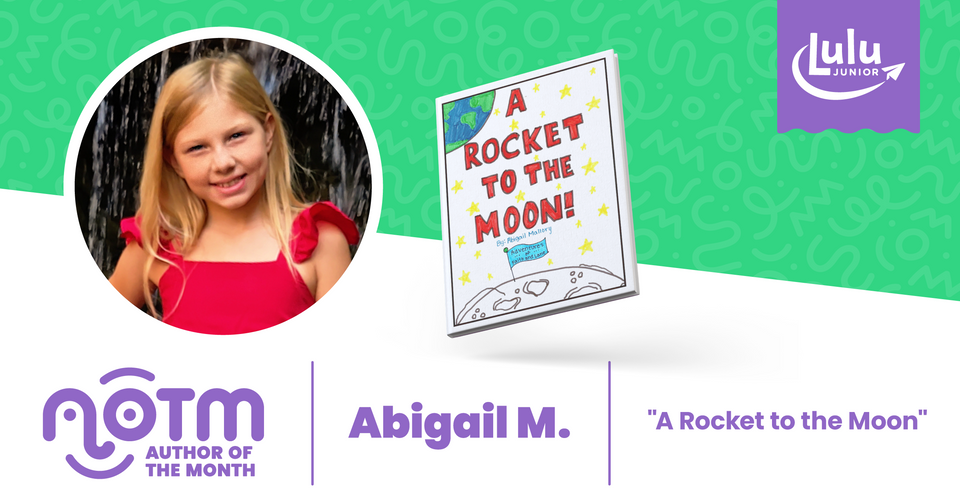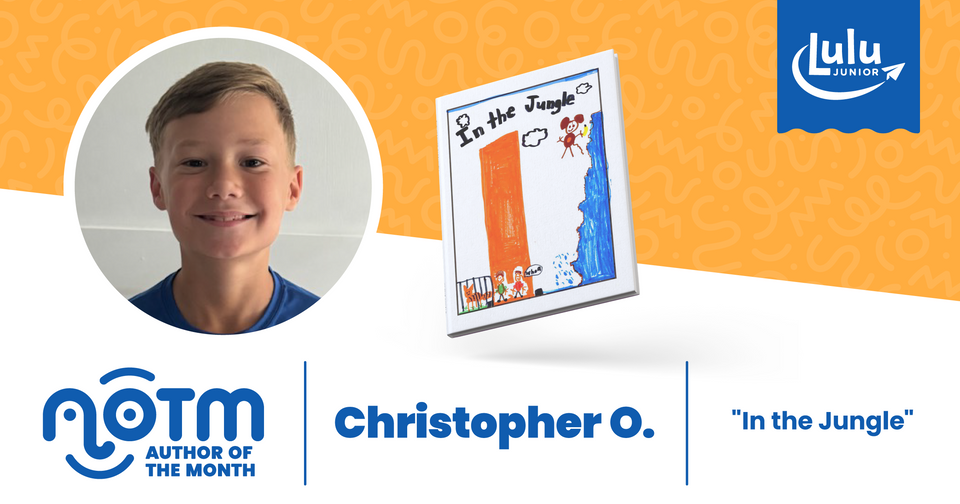
AAPI Awareness Teaching Guide
May is Asian American and Pacific Islander Heritage Month—an opportunity to acknowledge the contributions of Asian Americans throughout America’s history. In that spirit, we’re offering another teaching guide similar to our Black History Month and Women's History Month guides.
What is AAPI Heritage Month?
Originating in 1970 with a former congressional staffer, Asian American and Pacific Islander (AAPI) Heritage month began as a week-long observance of the contributions and struggles of AAPI individuals. In 1990 the week was expanded to an entire month. Since then, the month of May has provided an opportunity to focus on this often under appreciated group of Americans.
Communities across the country celebrate with festivals and events. It’s also an excellent opportunity to teach your kids about AAPI heritage and the rich history of America.
Understanding History
Asian American history is a complex story. Often viewed as separate from ‘westerners’, the Asian community only amounts to about 6% of the US population, but “23 million Asian Americans trace their roots to more than 20 countries in East and Southeast Asia and the Indian subcontinent” according to a Pew study.
That same study tracks a growing increase in Asian American population:

In fact, according to another study done by Pew, the Asian American population has grown faster than any other subset of Americans! Just look at this chart from the study:
All the more reason to take time this May to celebrate AAPI heritage and share that knowledge with your kids!
AAPI Learning Activities
The National Education Association offers an incredible collection of resources and activities for kids of all ages. In this guide, we expand on some of those resources to enrich your toolkit!
History And Challenges - The Railroad
After laying nearly 2,000 miles of railroad track by 1869, the USA’s transcontinental railroad connected the nation. A technological and cultural milestone, the railroad set off huge changes in America, including enabling ‘easy’ travel from coast to coast.
That railroad would never have been completed if not for the tireless labor of Chinese workers who put in 12 hours days, 6 days a week laying railroad tracks. As you might expect, conditions for these workers were poor, to put it lightly. For the Asian immigrants new to America and eager for work, the lack of equality would have been stark.
Asian workers on the railroad line did more work than their counterparts but had to fight to earn the same wage. Even then, they often had to purchase their own food and pay other expenses their fellow workers did not. The exploitation of the Chinese laborer during the railroad’s construction would filter through the American workforce for generations to come.
History And Challenges - World War 2
One of our darkest moments; during World War 2, with the fear of Japanese attacks, the US government elected to intern Japanese citizens in camps. This involuntary relocation and imprisonment created deep resentment and anger in the Asian American community (for good reason).
Today, we can look back at that time and acknowledge how wrong it was to encamp Japanese citizens. Use these great resources from PBS to help explain to your kids the how and why of America’s past mistakes.
Getting Global
Now that we have a (better) understanding of some of the challenges in AAPI history and heritage in America, it's time to help your children appreciate the size of Asia
Thankfully, we’ve got more accurate maps than ever before. Here’s an image of the map I’m talking about:
Eastern Art
We may still be spending most of our time inside, but that doesn’t mean you can’t explore amazing art! You can schedule a virtual tour of the Smithsonian’s Asian Art exhibits for free.
Look to your local museums too; even if they are still closed to the public, they may be hosting virtual tours of their own AAPI exhibits.
Cultural Study
Maybe don’t call it ‘cultural studies’ since that sounds a lot like classroom activities.
The fact is, looking at the cultural contributions of Asian Americans and Pacific Islanders will help your kids understand why they’re such an important part of our history. This is an important lesson. The more your kids understand the history and the stories of cultures and people, the more empathetic they’ll become.
A great place to start is a map or Wikipedia. Did you know that Asia covers nearly 30% of the world’s landmass, has 60% of the world’s population, and over 50 countries? All facts that can help start an educational conversation with your kids.
Contributions To Society
Another way to help your kids learn more about Asian American leaders throughout history is to look at their contribution to STEM fields. History.com offers a great look at some of the people who helped us harness the atom, develop sustainable agriculture, and turn the tide on civil rights.
From fair labor practices for farmers to technology like USB drives and web portals; Asian Americans have had a significant and lasting impact on all our lives.

Further Reading
Finally, we’ve got some reading from AAPI authors and perspectives. The Smithsonian again has us covered with their BookDragon page, a site dedicated to diverse reading. Look for books from authors of Asian descent and books that explore issues unique to the AAPI community.
You can also find some great books about AAPI leaders in a variety of fields, from sports to science to education, from this Colorful Pages book list for elementary students. These books spotlight the role Asian Americans have played in the growth and direction of our nation and our culture. I’m sure there’s a book or two on this list that will stand out to you and inspire your kids!
Social Justice Books has a list of children’s and adult books by Asian Americans and Pacific Islanders. Just one more awesome resource for your reading and learning about AAPI Heritage.
AAPI Focused Lesson Plans
If you’re a teacher looking for resources and lesson plans for AAPI Heritage Month, I suggest starting with Learning For Justice’s webinar on teaching AAPI Heritage. The webinar covers some basic information and history of AAPI peoples, as well as examining the meaning behind the term ‘Asian American’ and the contemporary impact labels have on people.
Getting even more contemporary, this article from CNBC talks to 12 Asian American leaders and gives their advice on teaching, culture, and prosperity for modern America. Colorful Pages (who I shared above with an awesome booklist) also offers an AAPI History Unit for K-5 that pairs perfectly with the Asian American leadership interviews.
However you decide to introduce your kids to Asian American and Pacific Islander month, it's important to take some time to help them understand the diversity of our history.







